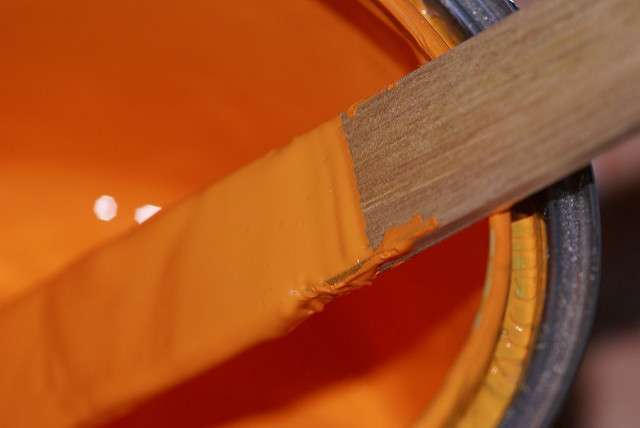Table of Contents
Introduction to How Paint is Made
Paint is something we are familiar with on a day-to-day basis, be it the colour on our walls or the paint on our cars! How many times, though, have we stopped and thought about how this very important product is manufactured? But you’ll be fascinated to know how the journey from raw materials to colour goes on every day! Not only paint, but a beautiful outcome also depends on the rigorous work of the painters!
Let’s have a look at how paints are made!
Raw Materials Used in Paint
Paint is primarily made of four main components: Pigments, Binders, Solvents and Additives. All of these elements decide how a paint’s colour, texture, durability and application properties will be.
Pigments give paint its colour. Binders hold the pigment particles together and make sure the paint sticks to the surface. Solvents are liquids used to dissolve the binders and give your paint the desired consistency. Lastly, additives are added to paint to improve drying time, mould resistance, and more.
The Paint Manufacturing Process
The making of paint is a multi-step process. First, the raw materials are weighed and mixed in large quantities. Then the mixture is mixed evenly to spread the pigments throughout the liquid. After grinding, the paint goes through a let-down process where extra binders and solvents are added to adjust its thickness and final properties.
Next, the paint is filtered to remove any impurities or oversized particles. Finally, the paint is packaged into containers for distribution.
Types of Paint
Paint comes in a variety of types like water-based paints, which are easy to clean up or oil-based paints which are durable and give a glossy finish. Then there are enamel paints known for their hard, glossy finish. For wood, metal and canvas, there are acrylic paints.
Lastly, you can consider buying epoxy paints which are highly durable and often used for industrial applications and garage floors.
Environmental and Health Considerations
It should be noted that the whole process of paint production has some environmental and health implications. Many traditional paints contain volatile organic compounds (VOCs) that can release harmful fumes while applying and drying.
But to address this concern, low-VOC and zero-VOC paints are now widely available and are a safer, more environment-friendly option. Keep in mind that recycling and proper disposal of paint and paint containers are also necessary to minimise environmental impact.
Technological Advances in Paint Production
There have been multiple technological advances in paint production throughout the years. The use of nanoparticles in paint formulations has led to coatings with superior durability and more. Ongoing research and development have created more useful and affordable low-VOC and eco-friendly paints. Moreover, application tools have become easier to use, all thanks to high-efficiency sprayers and precision rollers.
Conclusion
We buy paint or hire professionals but do we really think about what all it takes to make the paint? Being aware of such a process will help you ensure that you are aware of what is being done to the walls. From raw materials to final application, each process assures that your home becomes a high-quality, durable, and impressive one. Technology is developing so fast now that it could present us with such environmentally friendly paints in no time.
